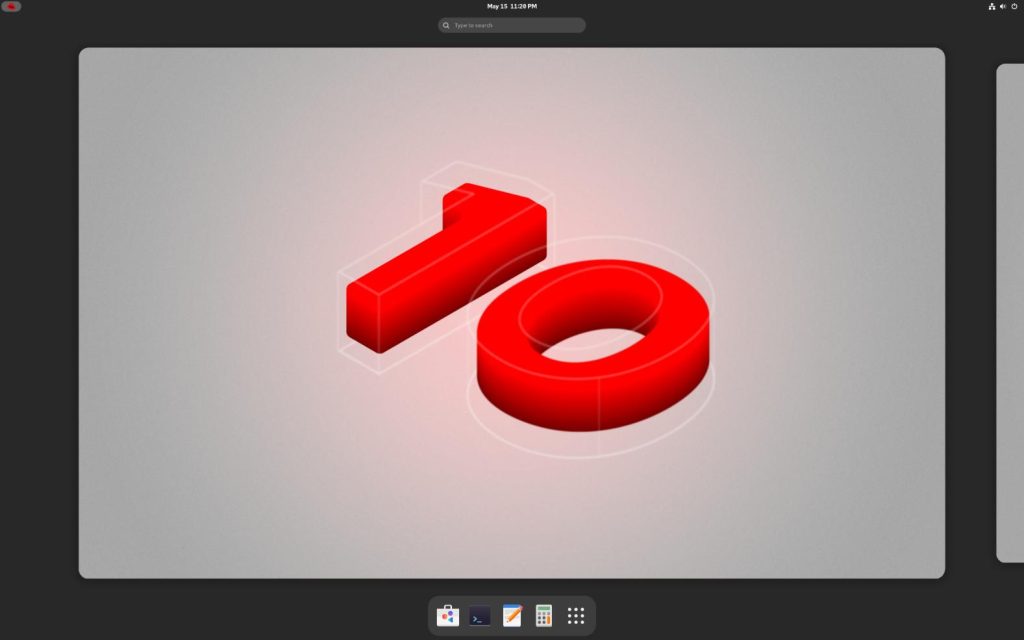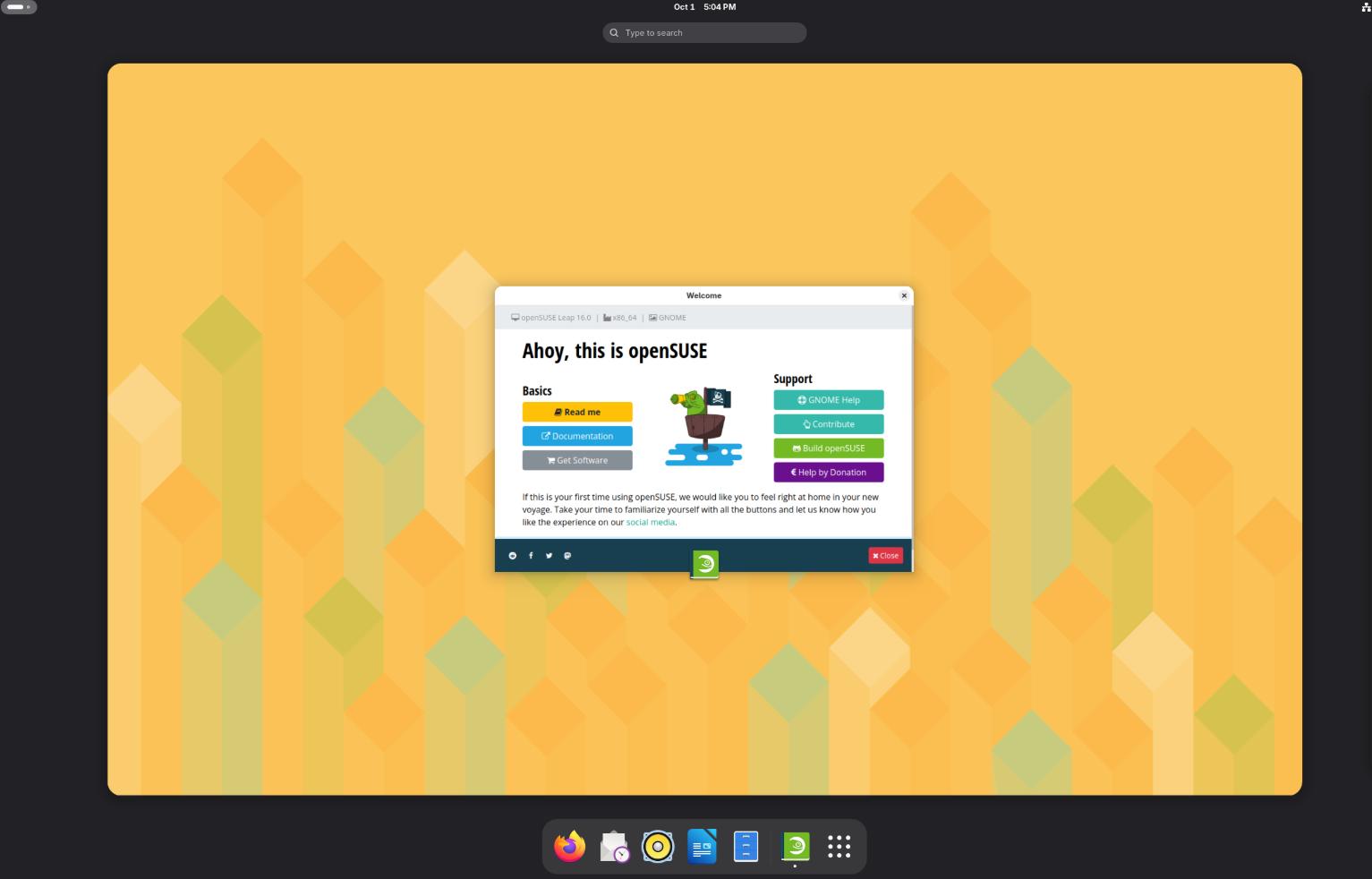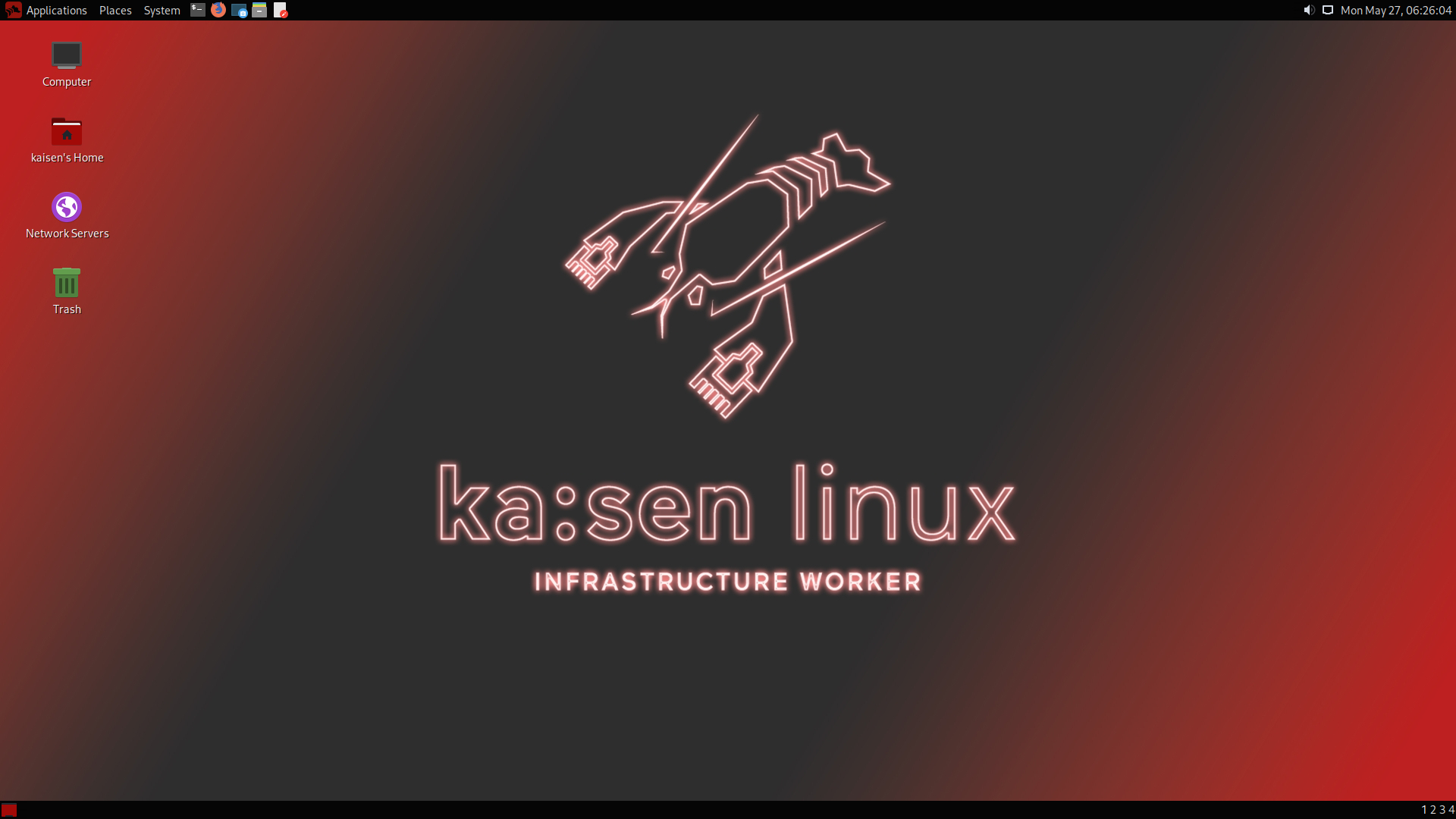Red Hat has officially announced the upcoming release of Red Hat Enterprise Linux 10 (RHEL 10), marking a significant milestone in enterprise open-source computing. This major version ushers in a new era of performance, security, and scalability—tailored to meet the evolving needs of modern IT infrastructure, from traditional data centers to hybrid and edge computing environments.
With a legacy of over two decades, RHEL has been the backbone of countless enterprise environments, and version 10 is no exception. Red Hat positions this release as a foundational platform for the future of computing, emphasizing long-term adaptability and developer-friendly capabilities that reflect the latest industry trends.
Built for the Hybrid Cloud Era
One of the defining themes of RHEL 10 is its alignment with hybrid cloud computing. Enterprises are increasingly adopting architectures that span across public cloud providers, private cloud environments, and on-premise systems. RHEL 10 provides seamless support across all these platforms, ensuring consistency and stability regardless of where your workloads run.
This is made possible through Red Hat’s continued investment in cross-environment compatibility and cloud-native tooling. Whether you deploy applications on AWS, Azure, Google Cloud, or your own data center, RHEL 10 provides a uniform base system with high interoperability.

A Focus on Security and Compliance
Security remains a top priority for enterprise Linux, and RHEL 10 brings a host of improvements in this area. With threats evolving daily, proactive defense mechanisms are no longer optional—they are essential.
RHEL 10 introduces advanced security defaults, including enhanced SELinux policies, integrated system integrity validation, and secure boot support. Automated compliance tooling is built-in, helping system administrators and DevSecOps teams ensure that deployments meet rigorous industry standards such as HIPAA, PCI-DSS, and FedRAMP.
Furthermore, Red Hat has continued to refine its zero-trust architecture approach. RHEL 10 enables more granular control over workloads and data, ensuring minimal privilege access and strong user authentication across distributed systems.
Performance Optimizations at Scale
Performance is another critical focus in RHEL 10. The new kernel and system enhancements result in faster boot times, reduced resource usage, and improved scheduling for modern workloads.
For businesses operating at scale—whether in data analytics, AI/ML training, or large-scale databases—these optimizations translate into measurable gains in throughput and latency. RHEL 10 introduces better NUMA support, low-latency tuning profiles, and enhanced CPU affinity options that allow workloads to run faster and more predictably on modern multi-core systems.
Developer-Centric Innovations
Red Hat has placed special emphasis on making RHEL 10 a more developer-friendly platform. New and updated toolchains, language runtimes, and container-native tooling come pre-integrated to accelerate the development lifecycle.
Podman and Buildah continue to receive enhancements, enabling developers to build and manage OCI-compliant containers without requiring a daemon. Web console improvements and CLI upgrades streamline everyday tasks, making the platform more approachable for both newcomers and seasoned sysadmins.
RHEL 10 also supports multiple versions of language stacks such as Python, Node.js, Go, and Ruby through its Application Streams feature, allowing teams to match the right tool to the right task without disrupting system stability.
Lifecycle and Long-Term Support
Red Hat reaffirms its 10-year support lifecycle with this release, providing peace of mind for businesses that prioritize stability and long-term planning. This includes continuous delivery of updates, backports, and security patches—essential for mission-critical workloads.
With each release phase clearly documented, IT teams can plan system migrations and infrastructure upgrades in advance, reducing the risk of unexpected downtime.
Improved System Management
The new version of RHEL introduces refinements to its management ecosystem, including improved integration with Red Hat Insights and Ansible Automation Platform. These tools provide deep visibility into system health, vulnerabilities, and performance anomalies, while also enabling automated remediation and orchestration.
This results in faster response times for incidents and fewer manual interventions—critical for operations teams managing fleets of servers across hybrid environments.
Embracing Sustainability and Efficiency
With growing global awareness around energy efficiency, RHEL 10 introduces optimizations that reduce the overall energy footprint of data centers. These improvements, combined with performance tuning and workload isolation features, make RHEL 10 a more sustainable choice for enterprise operations.
Looking Ahead
Red Hat Enterprise Linux 10 sets a new benchmark for what a modern enterprise Linux distribution should deliver. With its focus on hybrid cloud, security, developer tooling, and performance, it is well-positioned to be the default choice for organizations seeking reliability, innovation, and scalability.
Whether you’re modernizing legacy systems or launching greenfield projects in the cloud, RHEL 10 offers a comprehensive, future-ready platform to build on.
Source:
https://www.redhat.com/en/about/press-releases/red-hat-introduces-rhel-10
Featured image: x.com
openSUSE 16 Leap 2025: A New Chapter in Stability and Innovation
openSUSE 16 has opened a bold new chapter with its latest Leap release, inviting users into a future…
FydeOS 21: A Modern Chromium OS Alternative for Everyday Computing
FydeOS has gained attention as one of the most polished alternatives to Google’s ChromeOS. Built on …
Kaisen Linux Discontinued: Developer Ends Project After 5 Years
Just weeks after Intel announced the termination of its Clear Linux OS, another specialized Linux di…


